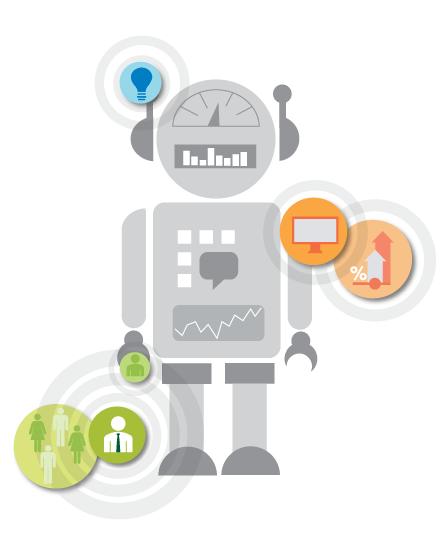
Exploring the Synergy between Data Mining and AI in Advancing Machine Learning Technologies
Data mining, the process of discovering patterns and extracting valuable information from large datasets, has been a crucial component in the advancement of artificial intelligence (AI) and machine learning technologies. With the exponential growth of data generated by various industries, businesses, and individuals, the importance of data mining has become even more pronounced. The synergy between data mining and AI has led to the development of innovative machine learning algorithms and models that can analyze and interpret complex data, enabling machines to learn from experience and make intelligent decisions.
The evolution of AI and machine learning technologies has been driven by the increasing availability of data and the development of sophisticated data mining techniques. Data mining has enabled researchers and engineers to extract useful information from massive datasets, which can be used to train machine learning models. These models can then be used to make predictions, identify patterns, and solve complex problems across various domains, such as healthcare, finance, and manufacturing.
One of the key aspects of data mining that has contributed to the growth of AI and machine learning is feature extraction. Feature extraction involves identifying and selecting the most relevant variables or attributes from a dataset, which can be used to build predictive models. By selecting the most important features, data mining techniques can help reduce the complexity of machine learning models, making them more efficient and accurate.
Another significant contribution of data mining to AI and machine learning is the development of advanced algorithms for data preprocessing and transformation. Data preprocessing is an essential step in the machine learning process, as it helps clean and prepare the data for analysis. Data mining techniques, such as data cleaning, normalization, and transformation, can help improve the quality of the data and enhance the performance of machine learning models.
Moreover, data mining has played a crucial role in the development of unsupervised learning techniques, which are a subset of machine learning algorithms that do not require labeled data for training. Unsupervised learning techniques, such as clustering and dimensionality reduction, can help discover hidden patterns and structures in the data, which can be used to build more robust and accurate machine learning models.
The synergy between data mining and AI has also led to the emergence of new machine learning paradigms, such as deep learning and reinforcement learning. Deep learning, a subset of machine learning that involves training artificial neural networks to recognize patterns and make decisions, has been greatly influenced by data mining techniques. Data mining has enabled the development of advanced deep learning algorithms, such as convolutional neural networks (CNNs) and recurrent neural networks (RNNs), which can process and analyze large volumes of data with high accuracy.
Reinforcement learning, another important area of AI and machine learning, has also benefited from data mining techniques. Reinforcement learning involves training machines to make decisions based on the outcomes of their actions, with the goal of maximizing a reward signal. Data mining has helped in the development of efficient reinforcement learning algorithms, such as Q-learning and deep Q-networks (DQNs), which can learn from large amounts of data and adapt to changing environments.
In conclusion, the synergy between data mining and AI has been instrumental in redefining the landscape of machine learning technologies. The advancements in data mining techniques have enabled the development of innovative machine learning algorithms and models that can process and analyze large volumes of data with high accuracy. As the amount of data generated by various industries continues to grow, the importance of data mining in the advancement of AI and machine learning technologies will only increase. The future of AI and machine learning will be shaped by the continuous evolution of data mining techniques and their integration with cutting-edge technologies, leading to more intelligent and efficient machines that can solve complex problems and make better decisions.



